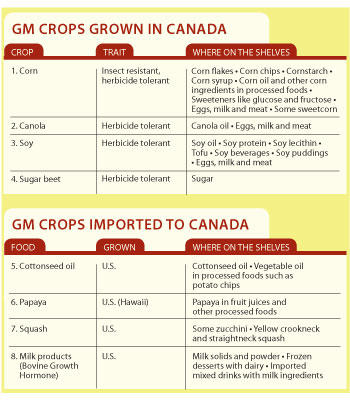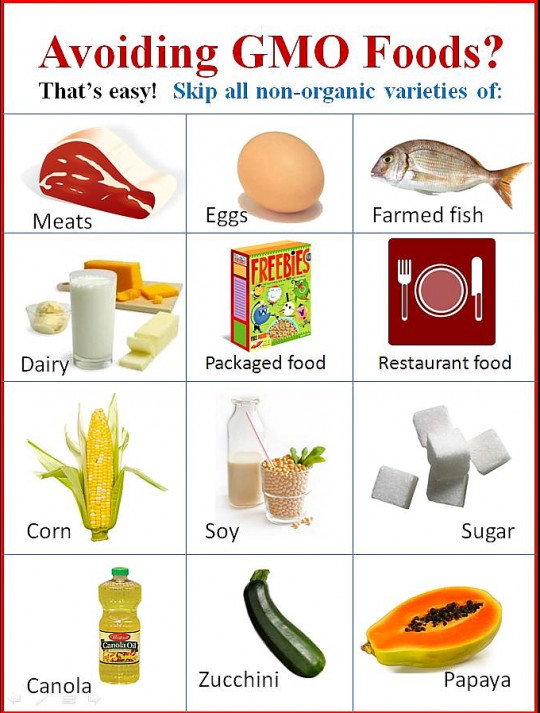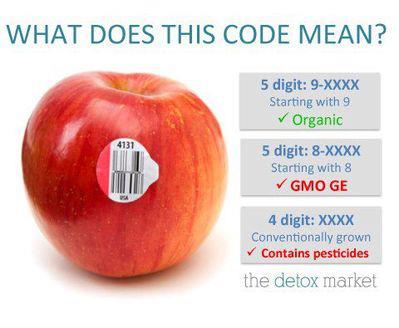Now LO is 14 month old (young) :-). What solid food have we fed him so far?
- Grains – organic brown rice cereal, oat, wheat, quinoa, barley, millet, amaranth
- Fruits – organic apple, banana, avocado, pear, blue berry
- Vegetables – organic yam, butternut squash, pea, green bean, broccoli, spinach, red legume, corn, cabbage, celery, cucumber, black-eyed beans
- Meats – organic chicken, beef, egg yolk, egg white, pork
- Milk Products – Organic Homo 3.5% cow milk, Gouda cheese, plaint yogurt

The photo on the left is one of regular dinner for my 14-month old. It has oat meal, quinoa, millet, amaranth, egg and spinach. My LO loves this type of combination!
Again, if we have the choice, we always opt for organic food. It’s highly recommended to Avoid Genetically Modified Foods for Your Baby. Yes, it’s a little bit more expensive. However, since we are making baby foods at home, we save some money than buying those baby foods in jars. Our baby foods are made with loves and the best possible ingredients!
 Based on
Based on 
